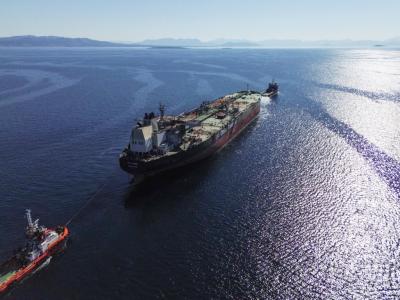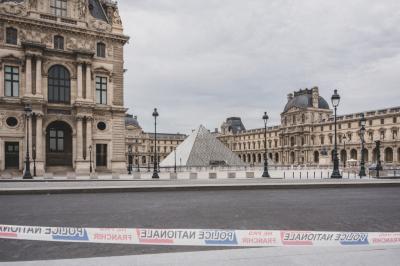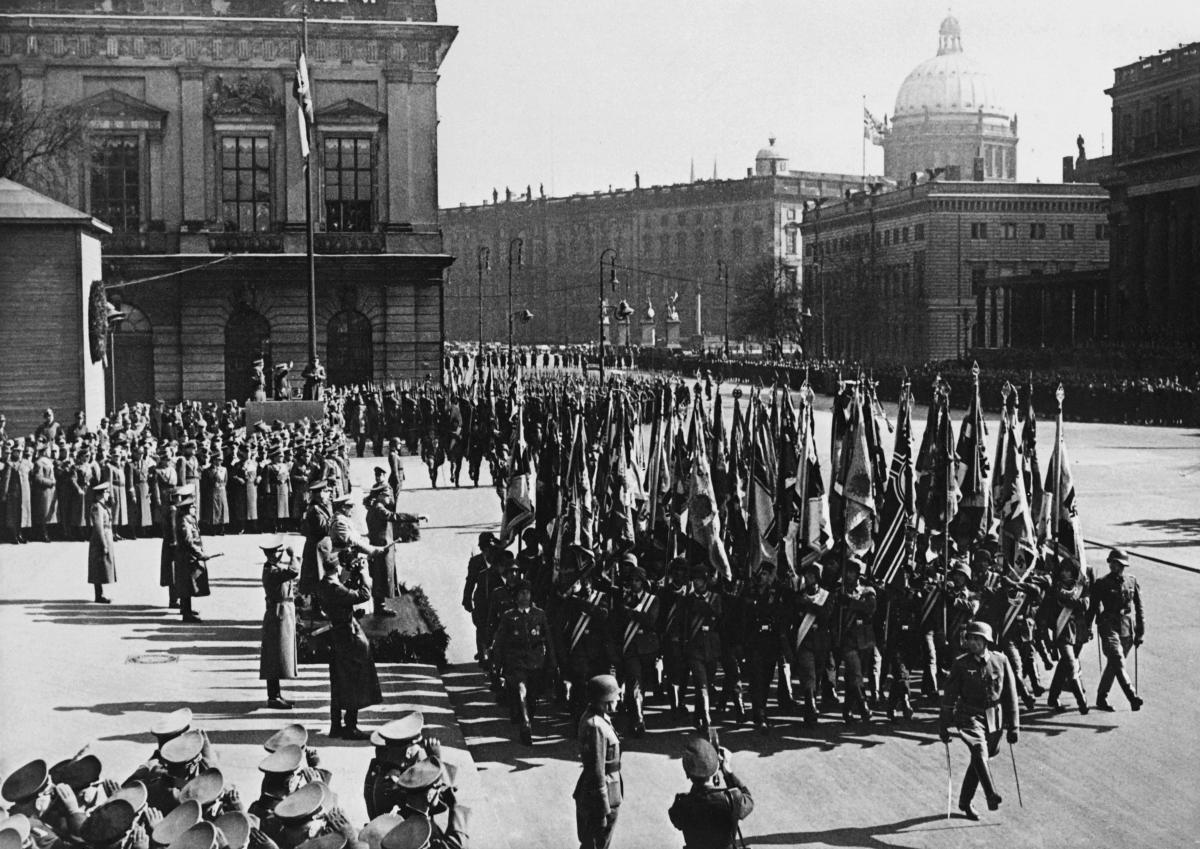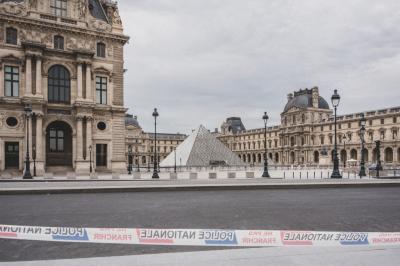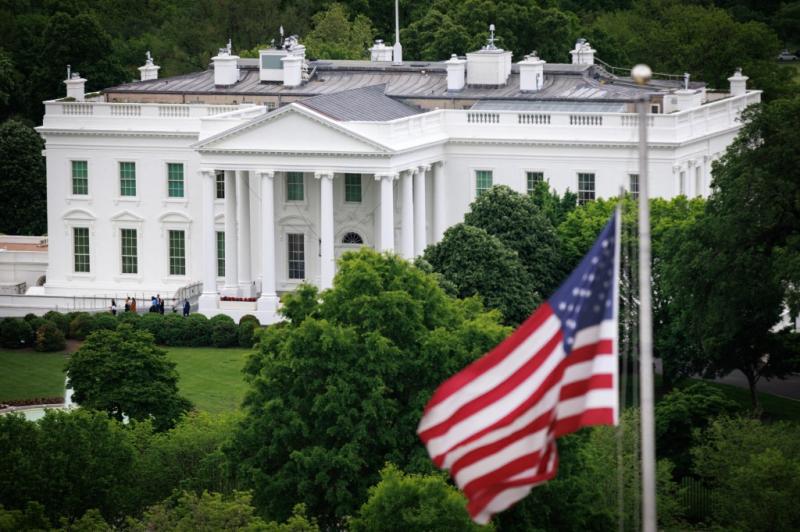As the first half of the 20th century approached, a military force emerged that would change the face of history, a force born from challenge and the ruins of defeat. The Wehrmacht, the unified Nazi army declared by Hitler in 1935, in open defiance of the Treaty of Versailles. This was not merely a traditional military institution, but a fully integrated war machine, blending ironclad military doctrine, cutting-edge technology, and revolutionary tactics the world had never seen.
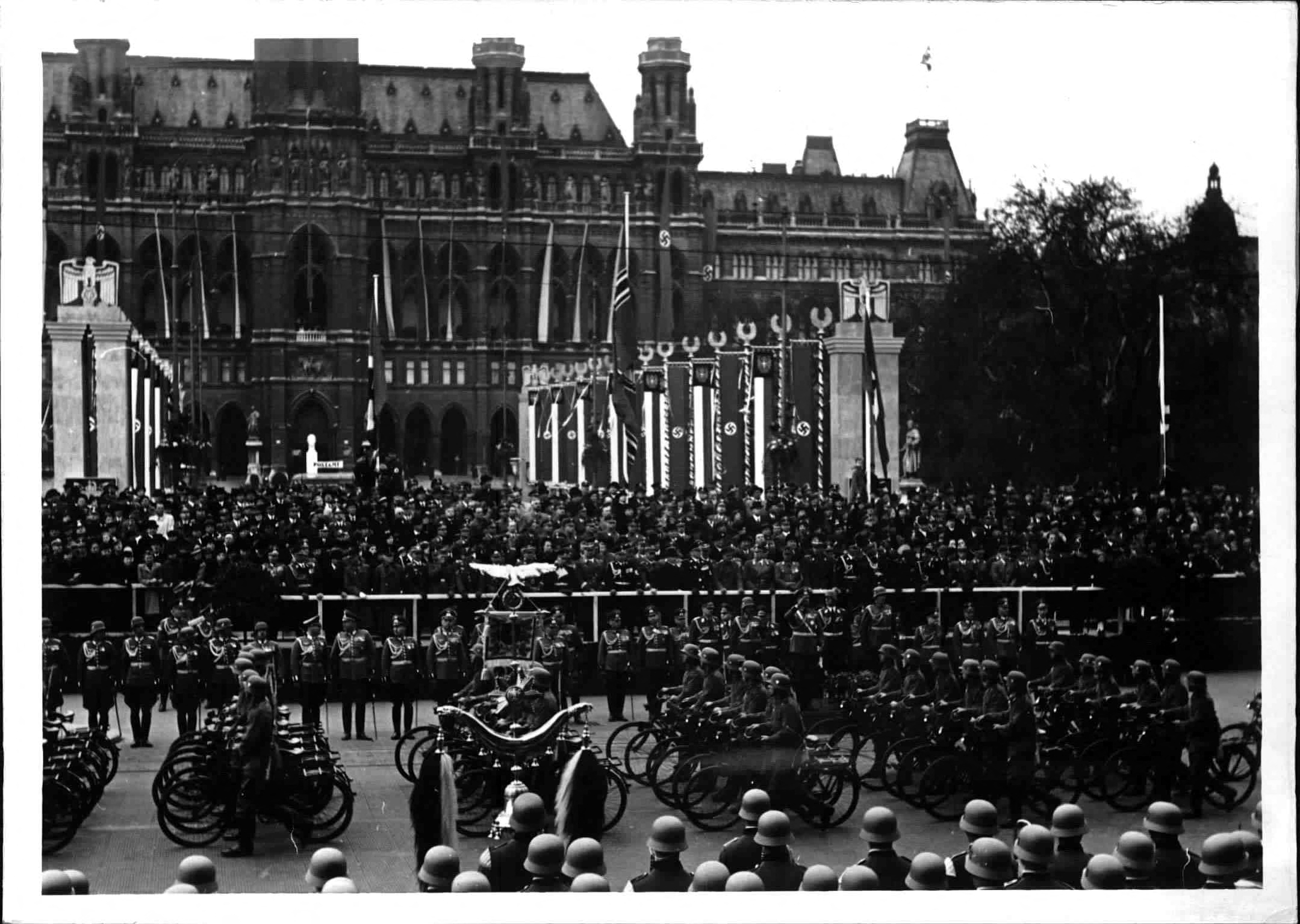 AFP
AFP
In just a few short months, the Wehrmacht achieved what entire armies had failed to do for decades, it overran an entire continent, leaving Europe stunned and reeling in shock not seen since the Napoleonic Wars.
After World War I, Germany was shackled by the Treaty of Versailles, limited to just 100,000 soldiers and forbidden from possessing or producing heavy weapons. But Hitler, from his rise to power in 1933, rejected these restrictions, and began secretly rearming Germany. In 1935, he officially announced the creation of the Wehrmacht, structured into three lethal branches:
Army (HEER): The backbone of the Wehrmacht and the largest armored and motorized force Europe had ever known.
Air Force (LUFTWAFFE): A force that revolutionized aerial supremacy.
Navy (KRIEGSMARINE): Though considered limited compared to Britain’s Royal Navy, it struck fear into the depths of the oceans with its deadly U-boats.
The secret to this power wasn’t just in numbers or weaponry, it was a new doctrine: Blitzkrieg, or “lightning war.” A strategy based on speed, surprise, and tight coordination between land, air, and sea. The goal: strike with overwhelming force before the enemy could react or reorganize. A war of thunder and lightning, leaving the opponent no chance to catch their breath.
When World War II broke out in September 1939, the world was shocked. Poland collapsed in mere weeks under the first true demonstration of Blitzkrieg. Then came the spring of 1940, and with it a military miracle: the rapid fall of Denmark and Norway.
But the climax came in France, where the fortified Maginot Line considered for decades Europe’s unbreachable wall, collapsed. In just six weeks, France, then the continent’s top military power, fell, while the British army fled in panic from Dunkirk across the sea.
At that moment, it seemed as if the Third Reich had seized all of Europe, from the Atlantic to Russia’s borders. But this military glory was short-lived. The invasion of the Soviet Union in 1941 opened a massive front that couldn’t be contained. Then, on December 7, 1941, Japan's fateful attack on Pearl Harbor brought the United States into the war and changed everything. America’s industrial might and vast resources, much of which flowed to the Allies, gradually wore down the Wehrmacht, which could not keep up.
By 1945, the legend had ended. The once seemingly invincible German war machine collapsed. Berlin surrendered under the crushing advance of the Red Army and the American forces.
Despite its dramatic fall, the Wehrmacht remains one of the most controversial armies of the 20th century. Its name is etched in history, admired for its military brilliance that reshaped modern warfare, yet forever condemned for its association with Nazi crimes. A legacy suspended between the awe of power... and the stain of shame.
Please post your comments on:
[email protected]
 Politics
Politics


